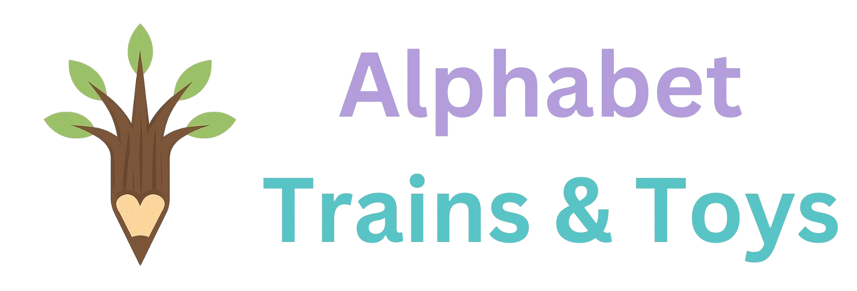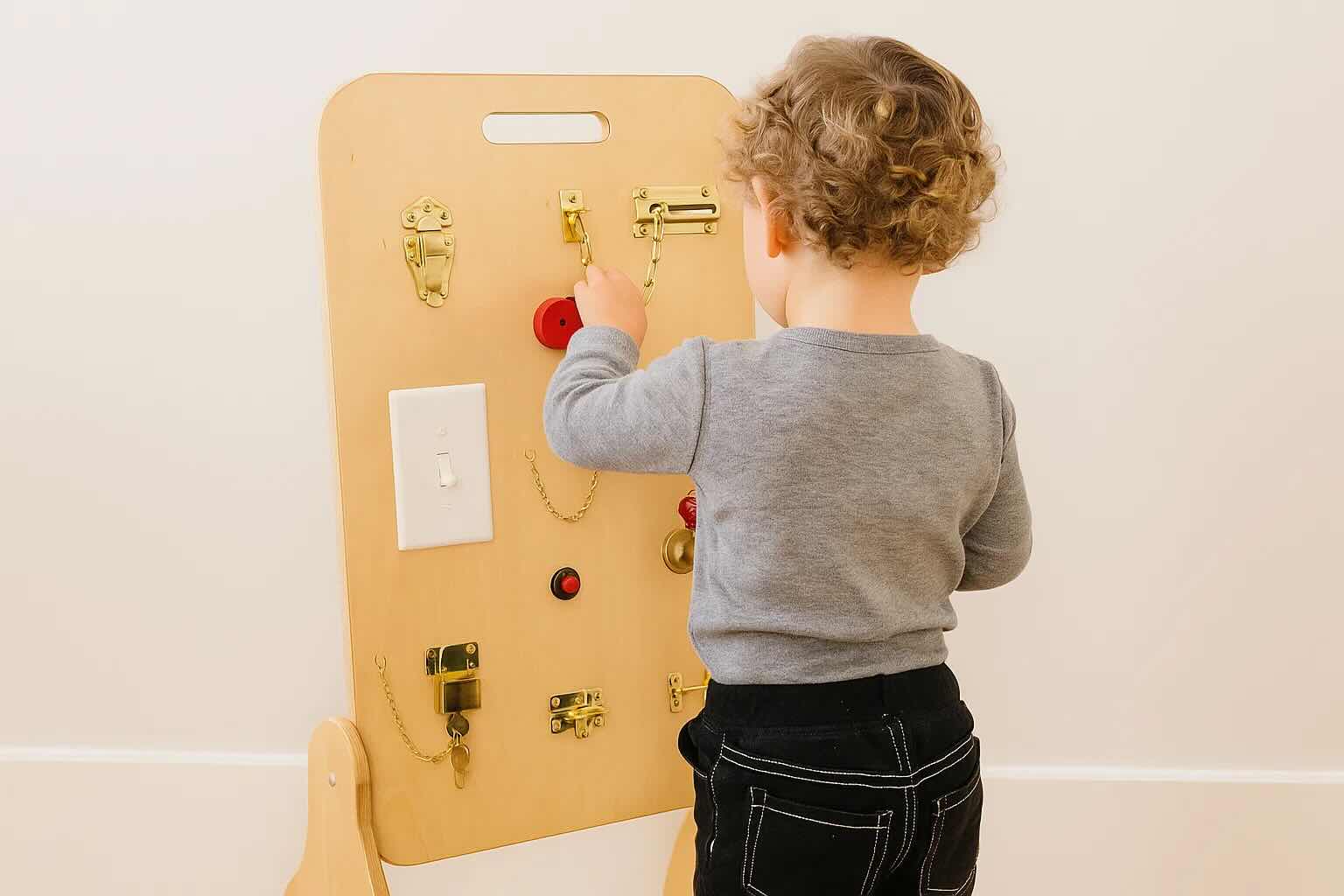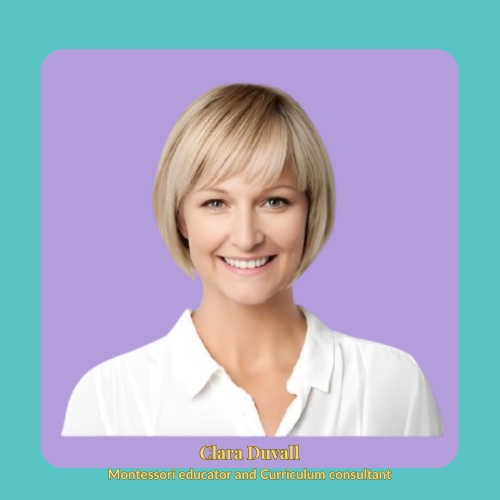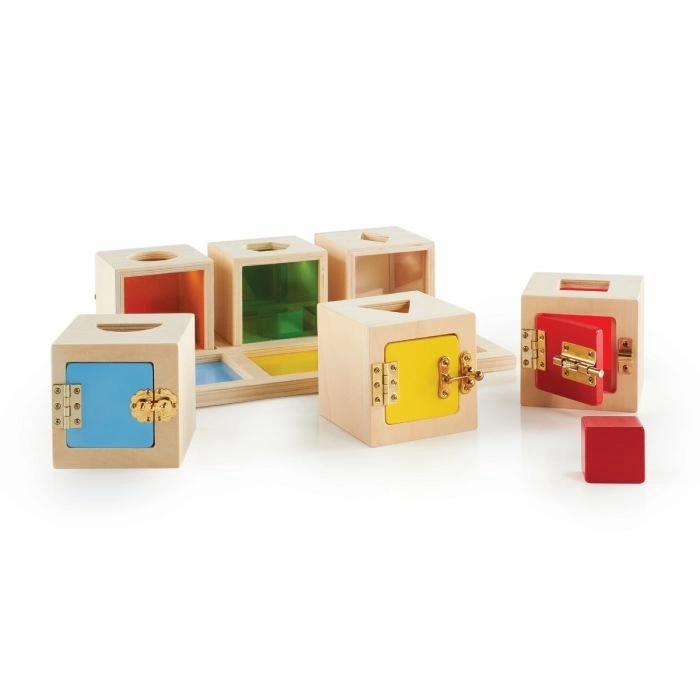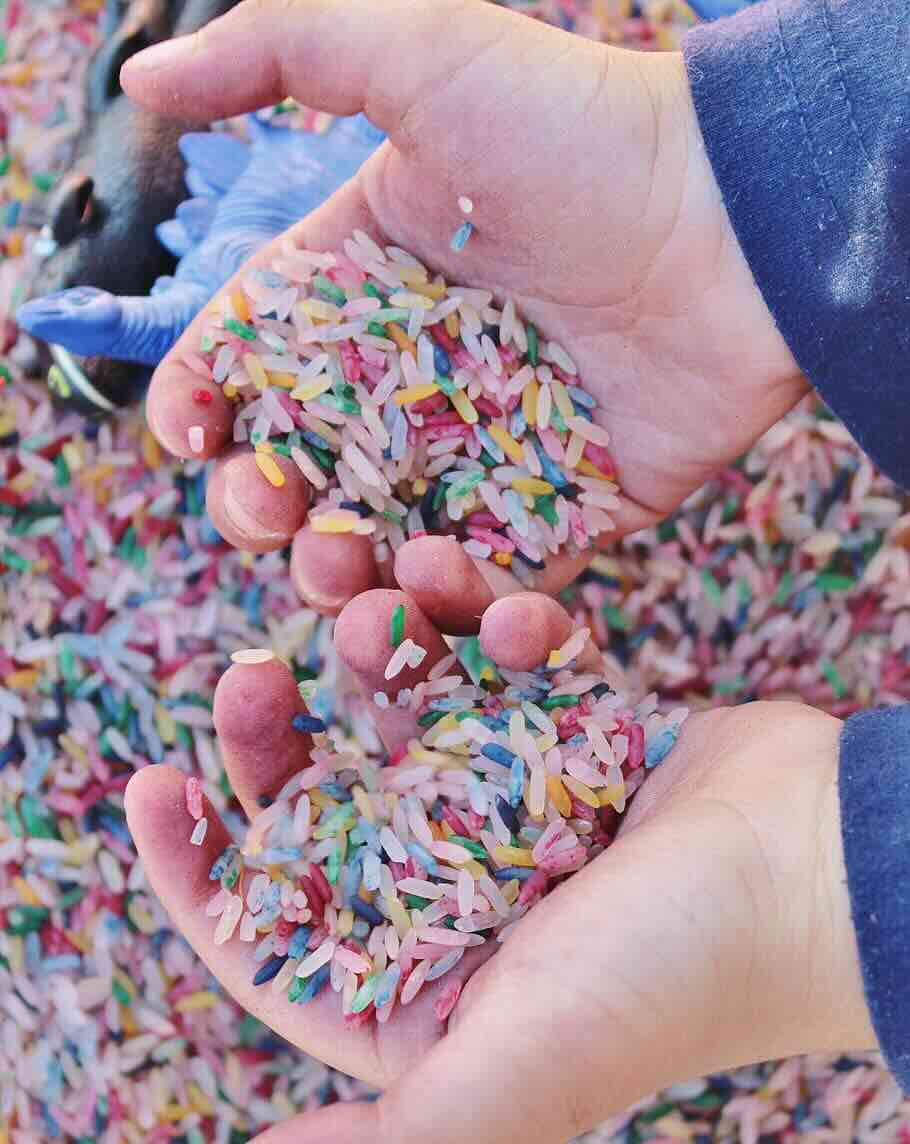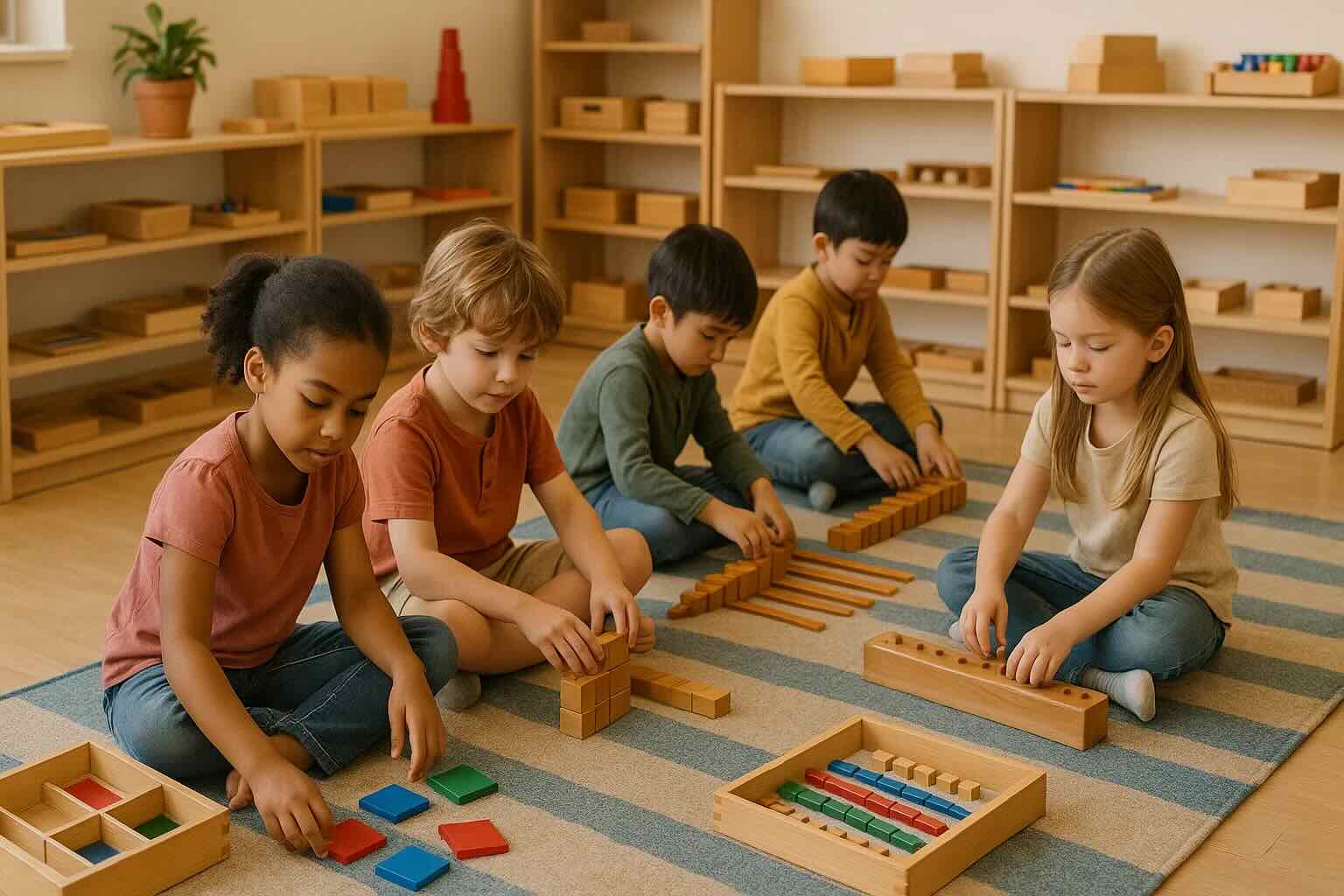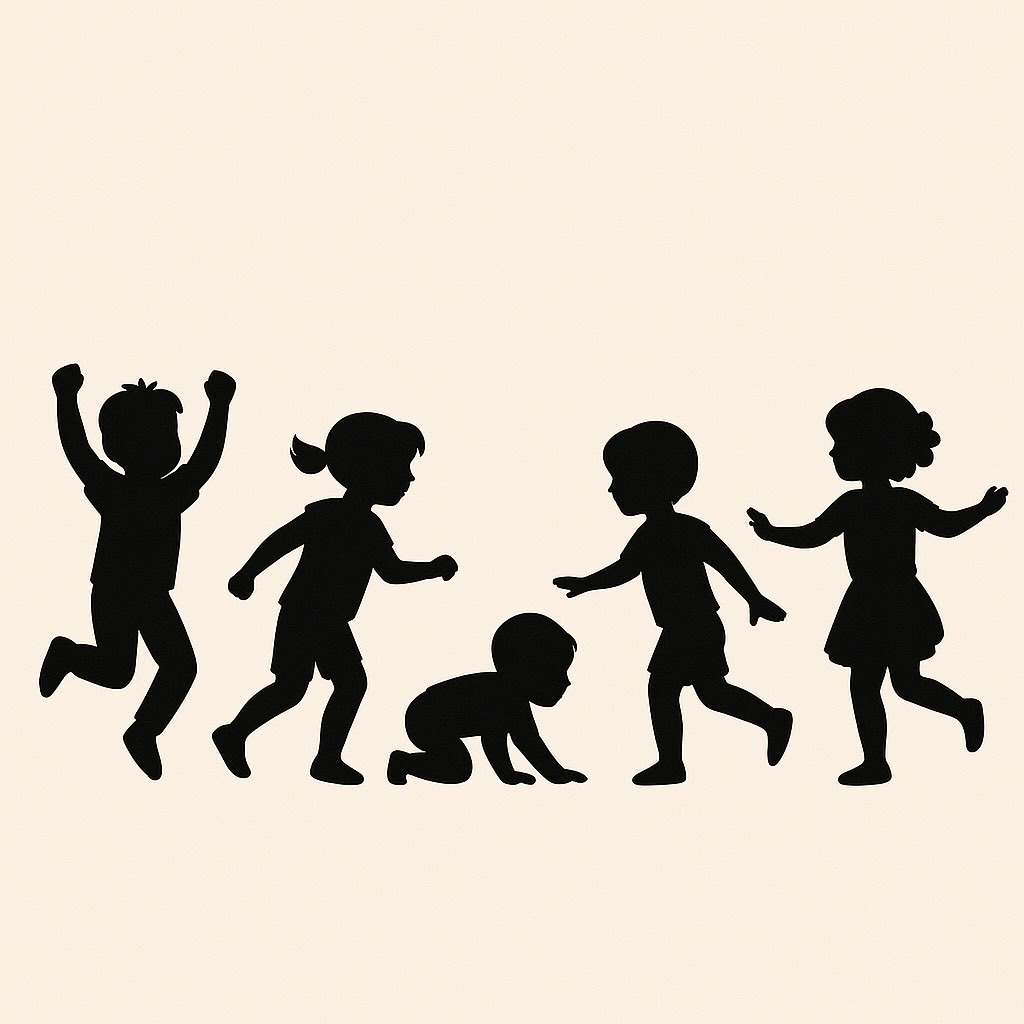As a teacher, especially a Montessori teacher, I have seen my fair share of toys and materials that claim to be Montessori, or Montessori-aligned. The pink tower, the brown stair and the geometric solids are staples of any Montessori school, but there are others like the object permanence box, or the ball tracker that most of the time steal the show with the toddlers and preschoolers.
I’ve observed toddlers learning through sensory exploration. Learning about the world through touch, sight, and even taste is a cornerstone of baby and toddlerhood. So I encourage my little learners to sharpen their senses safely with toys and materials.
In my classroom, one of the best toys to do just that is the Montessori busy board. It is the ideal way to encourage learning through play. Each component of a busy board helps build necessary foundational problem-solving skills. But how do you know if you chose the right one? Is it possible to make one yourself?
I will try to answer your questions in this post. I’ll also go over the best ways to use a busy board and how you can make one yourself if you feel so inclined.
So, What Exactly is a Busy Board?
To put it super simply, busy boards are pieces of wood with varying lifestyle tasks attached to them. These tasks include anything from buttons and fasteners to zippers and tie strings. Some may even have an etched path for young children to guide a knob through.
Everyday items fascinate toddlers and preschoolers. Rather than constantly trying to keep them away from dirty shoes or loose buttons, busy boards give them a safe outlet to explore practical items. Then, when they’re old enough to fasten their buttons or tie their shoes, they’ll have a much easier time mastering those concepts.
We’ll cover what goes into a “good” busy board a little further in this article.
How Do Busy Boards Fit in With Montessori Learning?
The popularity of busy boards in the Montessori method stems from their ability to promote independence. Although some Montessori educators do not see them as “true” Montessori, busy boards are usually made of sturdy wood and other natural/practical materials, aligning with the Montessori aesthetic. Let’s explore some of the other ways busy boards fit into Montessori learning:
- Life Skill Practice: Each part of a busy board mimics some sort of everyday task. These tasks may include lacing a shoe, fastening a button, or unlocking/unlatching a hook. Fostering independence is a cornerstone of the Montessori philosophy and Montessori busy boards serve as excellent teaching tools.
- Sensory Experiences: Feeling a rough zipper, hearing a clicking switch, or seeing a latch slide open helps create deeper learning connections.
- Encouraging Concentration and Problem-Solving: Montessori busy boards are open-ended toys, making them ideal for teaching problem-solving. As they learn how each component works, they’re building up their attention span and learning how to focus on things that interest them.
Who Can Benefit From This Type of Toy?
The short answer? Just about any curious little toddler or preschooler! Lock and latch boards are designed for toddlerhood and preschoolers, but they can also be helpful for children with sensory issues or developmental delays. As so many of us try to veer away from having “too much stuff,” Montessori busy boards serve as the perfect “grow-with-them” toy. Let’s explore a little further into how different children can benefit from this type of activity.
Toddlers (Ages 1-3)
Children grow so much within the first three years of their life and during this time, they develop the foundations for the skills they’ll need as they get older. Lock and latch boards are an excellent tool for helping little learners practice fine motor skills, like twisting and pulling. As an added bonus, the various textures and sounds that come from a busy board offer a fun and engaging sensory experience.
Preschoolers (Ages 3-5)
The most basic busy boards might be too easy for a preschooler. However, a busy board with zippers and tie strings gives them the opportunity to gain confidence in completing basic life tasks on their own. More complex lock-and-latch or other busy boards can also help preschoolers practice patience and resilience.
Children with Sensory or Developmental Needs
For kids who benefit from extra sensory input or hands-on learning, busy boards are perfect. They can be especially helpful for children with autism, ADHD, or sensory processing challenges, providing a safe, soothing outlet for exploration.
💡 Tip: Add a busy board to your Montessori toy rotation to encourage both independent play and fine motor growth from an early age.
What Makes a “Good” Busy Board?
Just because something is marketed as a “busy board” doesn’t necessarily mean it’s of good quality. A good Montessori busy board will have several components, a durable build, and developmentally appropriate components for the age you’re looking for. After all, you aren’t going to want to give your one-year-old a lock and latch board with complex buckles or shoelaces they could choke on.
So what makes a busy board a “good” choice? Consider these things when making up your mind.
A Variety of Engaging Elements
- Zippers – Zippers help with fine-motor coordination and self-dressing skills
- Latches & Locks – Locks and latches encourage problem-solving and logical thinking
- Buttons & Snaps – Buttons are great for strengthening finger dexterity
- Switches & Dials – Switches can help teach cause and effect
- Gears & Pulleys – These introduce basic mechanical concepts and are great for families who want to focus on STEM related toys
- Buckles & Velcro Straps – Buckles and straps help prepare kids for dressing independently
- Shoelaces & Beads – Laces and beads enhance hand-eye coordination and patience as they focus on completing the task
Safe, High-Quality Materials
A high-quality Montessori busy board uses non-toxic and smooth wood. Each component will also be securely attached to the board to prevent any potential choking issues. If you choose to buy one pre-made over creating your own, keep an eye out for listed safety certifications. Busy boards with explicit safety certifications can offer you peace of mind. To be safe, always try to buy American-made lock and latches boards. They always have to be safety-tested in the US based on stringent safety regulations.
🔧 DIY Tip: If you're attaching items to a homemade board, use rounded screws and non-toxic child-safe adhesive to reduce injury risk and ensure a secure hold.
Developmentally Appropriate & Open-Ended
To get the most bang for your buck, consider choosing a lock and latch board that has a mix of simple and more complex components. This way, they can move on to more difficult activities once they master the easier ones. Open-ended activities like laces and gears encourage creativity.
DIY or Buy?: What Should You Do?
Okay, so now you know all about the benefits of Montessori busy boards and how they can positively affect your child’s development, you can decide whether to buy one ready-to-go or to make your own. There are benefits to both routes, but let’s figure out which option is best for you.
Making Your Own Busy Board
Making a busy board on your own is a great project for anyone who loves a DIY challenge. They’re easy to make and may even be cheaper than buying one ready-made. DIYing a busy board is also good if you can’t quite find what you’re looking for. You can personalize their board with components that speak directly to their interests to make it even more fun.
With that said, if you’re going the DIY route, just be sure each component is securely attached to avoid the possibility of choking.
Buying a Pre-Made Busy Board
In my classroom, I’ve found that boards made from furniture-grade wood like this US made lock and latches board, with child-friendly locks, latches, and switches work particularly well for preschoolers. Freestanding formats are especially versatile—they work great in both home playrooms and classroom settings, and parents appreciate that they don’t need to mount anything to the wall.
Which Option Is Best for You?
If you want something custom that won’t break the bank, try your hand at a DIY busy board. For families that want something hassle-free and safety-tested, a pre-made Montessori busy board might be the way to go.
How to Make Your Own Busy Board
DIYing a Montessori busy board is much easier than you may think. All you need is a sturdy piece of plywood and any household items you want to incorporate into the board. Once you have all the items, sand down the board and then secure each household component.
While items like a light switch will need a screw to secure them onto the board, things like velcro or shoelaces need only a bit of strong adhesive. Use your best judgment with screws vs adhesive depending on what items you’re using. After everything is secure, do a once over to ensure everything is in place and no sharp or loose edges are prominent.
When you’re done, consider getting your child involved and have them decorate the board with paint or markers!
Engaging the Mind and the Body
Montessori busy boards are the perfect hands-on learning tool for little hands with big minds. From open-ended play to fostering independence, lock and latch boards and other busy board styles are ideal tools for early childhood learning.
It doesn’t matter if your child’s busy board is a DIY project or a store-bought gem. As long as it’s safely made and engages their mind and body, Montessori busy boards are the perfect “grow with me” toy to add to your little one’s toy rotation.
When you are ready to buy or make your own busy board, start with one that matches your child’s current skill level, and watch as they become independent young learners.
